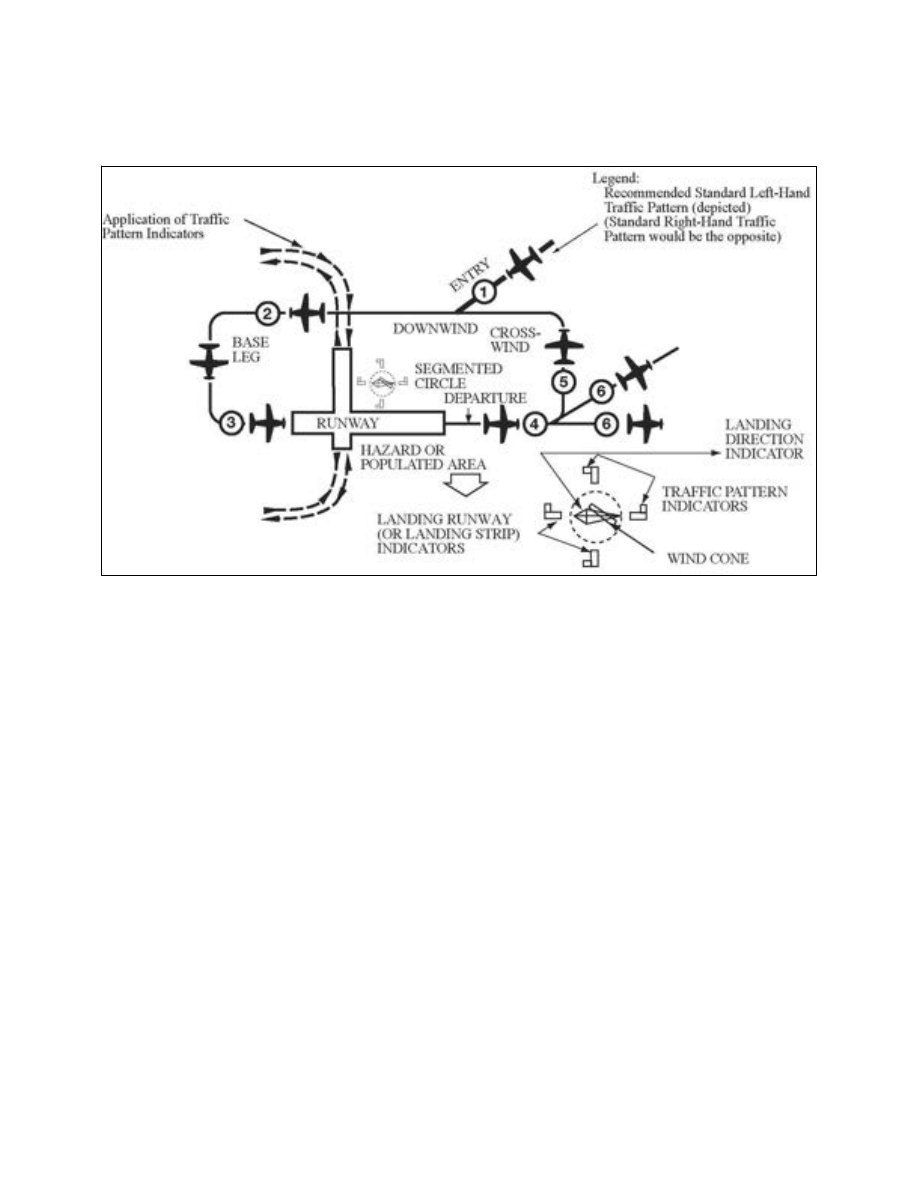
AIM
4/20/23
c.
Radio Control of Airport Lighting Systems.
Whenever possible, the CTAF will be used to control airport
lighting systems at airports without operating control towers. This eliminates the need for pilots to change
frequencies to turn the lights on and allows a continuous listening watch on a single frequency. The CTAF is
published on the instrument approach chart and in other appropriate aeronautical information publications
.
4
−
1
−
11. Designated UNICOM/MULTICOM Frequencies
Frequency use
a.
The following listing depicts UNICOM and MULTICOM frequency uses as designated by the Federal
Communications Commission (FCC). (See TBL 4
2.)
TBL 4
−
1
−
2
Unicom/Multicom Frequency Usage
Use
Frequency
Airports without an operating control tower.
122.700
122.725
122.800
122.975
123.000
123.050
123.075
(MULTICOM FREQUENCY) Activities of a
temporary, seasonal, emergency nature or
search and rescue, as well as, airports with no
tower, FSS, or UNICOM.
122.900
(MULTICOM FREQUENCY) Forestry
management and fire suppression, fish and
game management and protection, and
environmental monitoring and protection.
122.925
Airports with a control tower or FSS on airport.
122.950
NOTE
−
1.
In some areas of the country, frequency interference may be encountered from nearby airports using the same UNICOM
frequency. Where there is a problem, UNICOM operators are encouraged to develop a “least interference” frequency
assignment plan for airports concerned using the frequencies designated for airports without operating control towers.
UNICOM licensees are encouraged to apply for UNICOM 25 kHz spaced channel frequencies. Due to the extremely limited
number of frequencies with 50 kHz channel spacing, 25 kHz channel spacing should be implemented. UNICOM licensees
may then request FCC to assign frequencies in accordance with the plan, which FCC will review and consider for approval.
2.
Wind direction and runway information may not be available on UNICOM frequency 122.950.
b.
The following listing depicts other frequency uses as designated by the Federal Communications
Commission (FCC). (See TBL 4
3.)
Services Available to Pilots
4
−
1
−
8